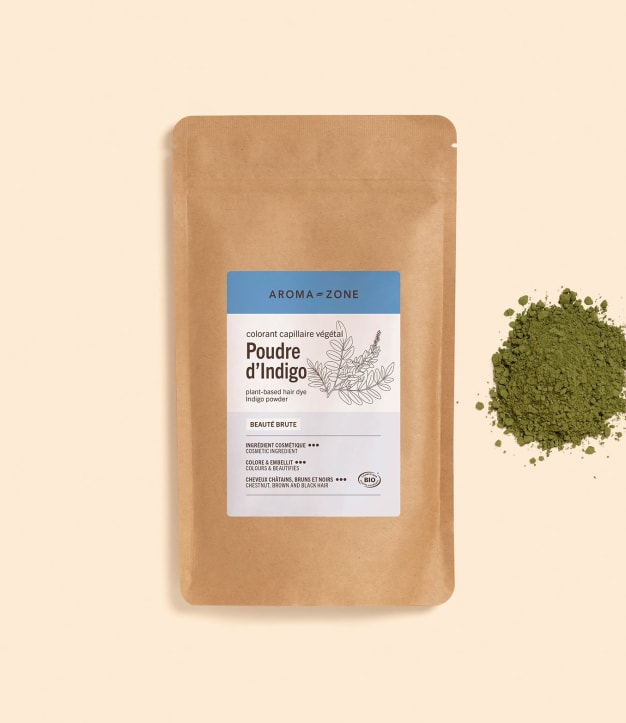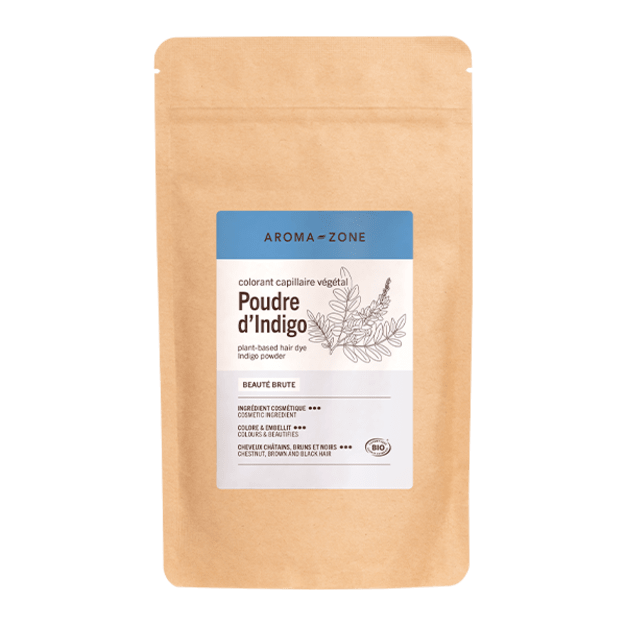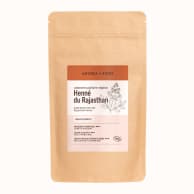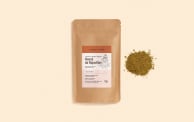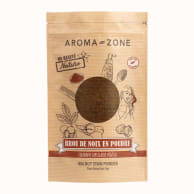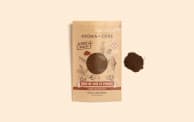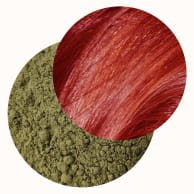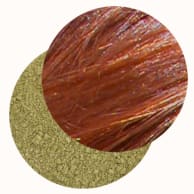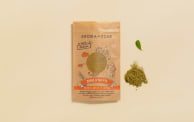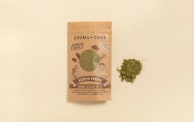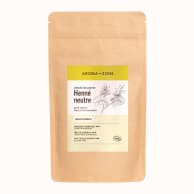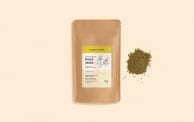Our commitments



Culture
Organic, certified by Ecocert Greenlife in accordance with the Ecocert standard available at http://cosmetiques.ecocert.com
Quality
100% pure and natural, just plants.
This indigo comes directly from an organic producer in Rajasthan, India. Once harvested, the leaves are taken to Jodhpur to be washed, dried and ground. The fineness and regularity of this powder makes it easy to make the paste, and ensures that it adheres well to your hair for optimal results when dyeing your hair.
Production process
The leaves are soaked in water, then dried and ground to a fine powder.
Part of the plant extracted
Indigo leaves
Function
Ingredient for plant-based hair dye
Country of origin
India
INCI name
Indigofera tinctoria leaf powder
Presentation
Very fine-grained powder, green in colour and with the odour of dried grass, packaged in a zip-lock bag.
Main active ingredients
Natural precursors of indigotine and indorubine, blue pigments that are released onto the hair on contact with air in the presence of water.
